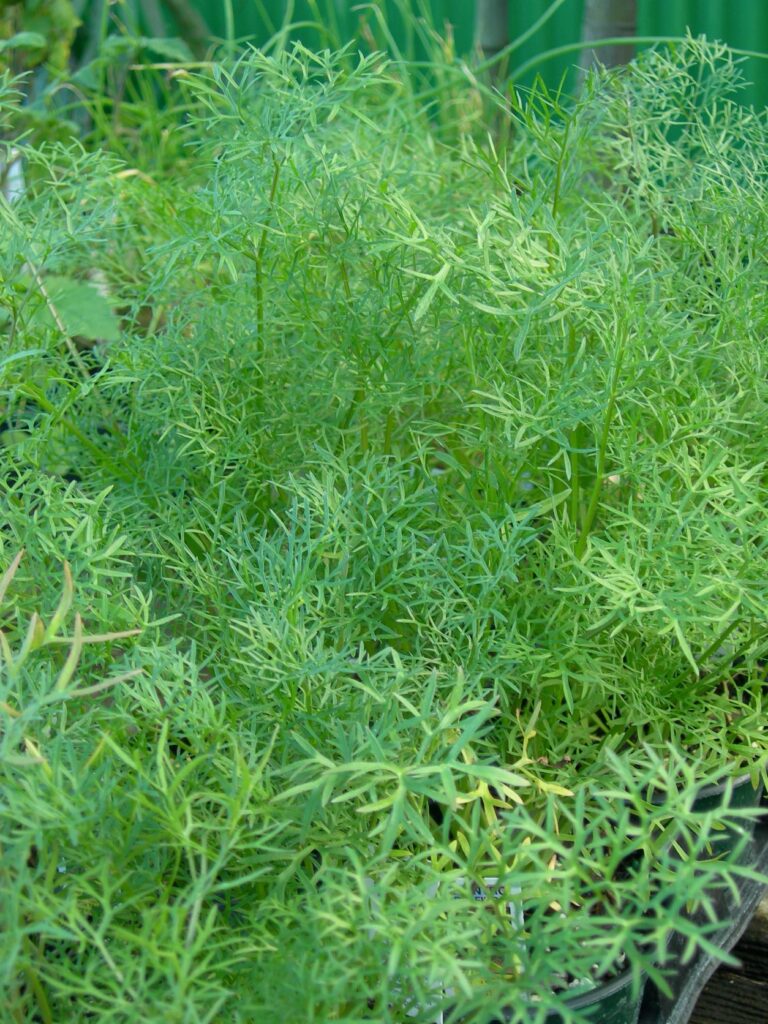Are you itching to get out in the garden and start planting for the season? Indeed, the growing season will soon be here, along with cooler night temperatures, shorter days, and soon-to-be balmy weather. Now is the time to plan and begin seeds for the fall veggie garden. Veggie gardening season approaches – plant cilantro!

As said before, make a paper plan; do it this year. Include the estimated planning date and varieties you want to try and block out spaces for specific veggies. Visit a local garden center or nursery for supplies, seeds, and inspiration. Plan on planting what you and the family love to eat. Even kids will try green, leafy veggies if they help plant, grow, and harvest tasty, nutritious leaves.
Though planting the familiar is a good start for a garden, occasionally try something new. The newcomer to the garden may turn out to be something you love. How about a few herbs? Cilantro is an excellent addition to the kitchen and prefers the cooler night soon to be here. Cilantro is an herb you either love or hate. I like lots of it in my tacos, but my sister hates it; she is one of those people who thinks cilantro tastes like soap.
The 2006 All-American Selection (AAS) Winner Cilantro Delfino is a delicious and pretty addition to vegetable and butterfly gardens. This variety has finely dissected leaves that are distinctly fern-like. It produces more leaves than standard cilantro that need little chopping for culinary uses. It also makes small, white blooms that are edible, as are all cilantro blooms.
Cilantro (Coriandrum sativum) is also known as coriander. It is a member of the Apiaceae family that includes parsley, dill, fennel, chervil, and lovage. It is called cilantro when using the leaves to flavor Latin American or Asian-inspired dishes. When the plants’ bolt (flower) in warmer weather, the mature seeds used in soups and stews are known as coriander. It is a larval host plant (food) for Eastern Black Swallowtail butterflies when planted for butterflies.
Plant cilantro seeds or transplants in the fall and winter in central and south Florida. Plan on planting a few seeds every week for fresh leaves all season. The hard seeds benefit from scarification by cracking or using sandpaper to allow water to be absorbed quickly. Choose a planting location in full sun though the plants will survive in the shade.
Harvest whole leaves throughout the season for use in fresh salsa, pots of black beans, and curries. As the weather warms in the spring, allow the plants to flower (bolt) and form seeds. Harvest the dry hard seed – coriander, and store them for kitchen uses.
No space for a big vegetable garden? A garden can be containers on the patio, a window box, or a couple of bags of potting soil thrown on the back porch, split, and planted with a salad garden and herbs. Plant cilantro this year as the weather cools for a tasty addition to the kitchen and lovely flying flowers, AKA butterflies.
This column first appeared in the Treasure Coast Newspapers.
Leave a Reply